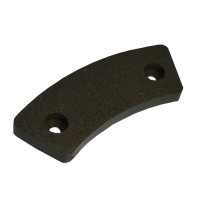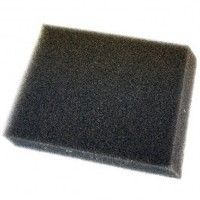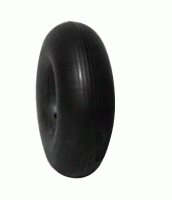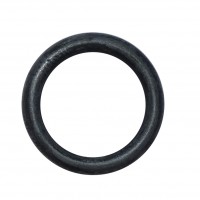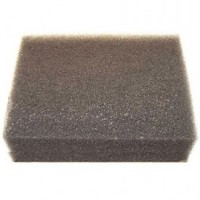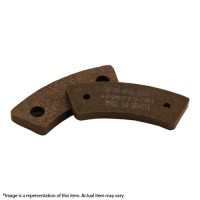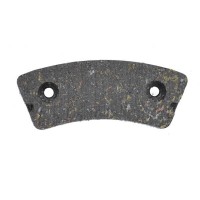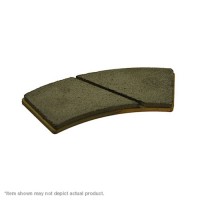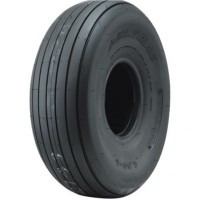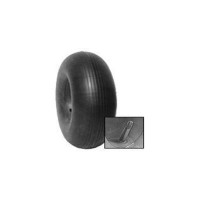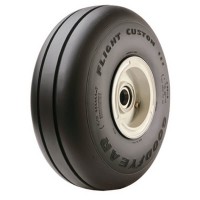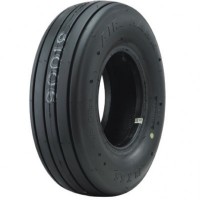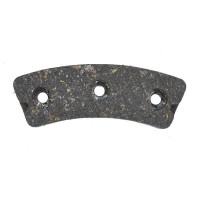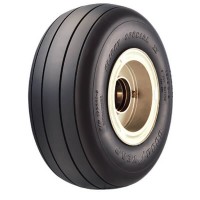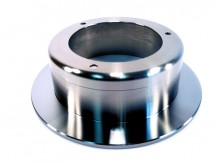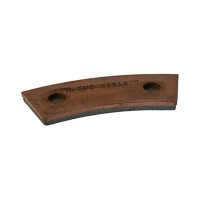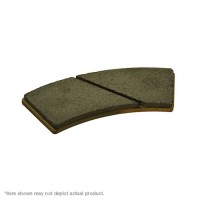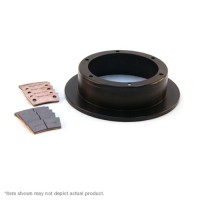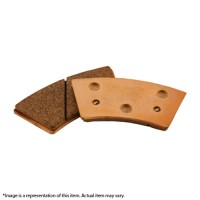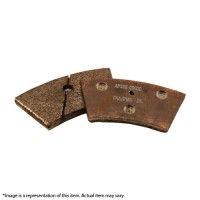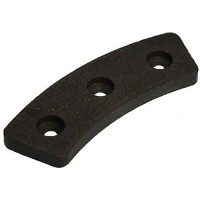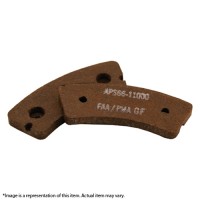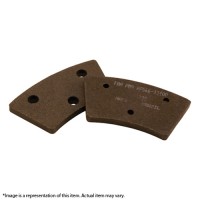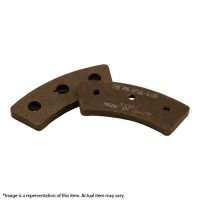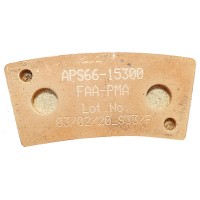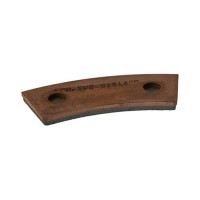APS164-04000 Blacksteel Brake Disc
MFR Model# APS164-04000
Overview
|
APS brake discs are state-of-the-art CNC machined from a one-piece forging. When the metal is forged it creates a directional grain flow that follows the contour of the disc. This allows for a much stronger disc that has a reduced risk of the cracking and catastrophic failures associated with the inferior welded design. The APS "Black Steel" advantage is a proprietary heat treatment with a two-fold purpose. The heat treatment strengthens the steel by bonding the carbon, oxygen and nitrogen in the top layer of the metal. This is not a coating that can wear off. The steel itself is transformed. The heat treatment gives the steel its aesthetically pleasing black appearance and provides a surface with a high resistance to the corrosion and oxidation associated with the extreme thermal cycling experienced in aircraft braking systems. This makes it an excellent choice for agricultural aircraft that work in a harsh, chemical environment, as well as anyone who leaves their plane outside for most of its life. |
WARNING: Cancer and Reproductive Harm - www.P65Warnings.ca.gov. |
Features
- The performance of Kevlar™
- APS semi-metallic linings are impregnated with Kevlar® fibers for optimum performance.
- APS metallic linings are constructed from an innovative design and from more durable materials than other brands so you get longer wear and superior stopping power for greater safety.
- APS Quality Standard
- In order to receive FAA PMA certification, APS brake discs and linings must go through a rigorous testing process. All APS brakes must meet or exceed OEM standards. In every case of testing APS brakes exceeded the required standards for performance and reliability. APS discs and linings are dyno tested as part of the PMA approval process.
Reviews
We always use APS rotors and pads. They last longer
APS164-04000 Blacksteel Brake Disc
Very good quality. Havent installed yet but am confident they will work well.
APS164-04000 Blacksteel Brake Disc
APS164-04000 Blacksteel Brake Disc
Reasonable price, fast delivery. Ordered incorrect disc and as usual Spruce customer service helped fix my mistake without issues. These black disc look like quality made equipment and hopefully the steel is more corrosion resistant. No issues
Q&A
Please note, Aircraft Spruce's personnel are not certified aircraft mechanics and can only provide general support and ideas, which should not be relied upon or implemented in lieu of consulting an A&P or other qualified technician. Aircraft Spruce assumes no responsibility or liability for any issue or problem which may arise from any repair, modification or other work done from this knowledge base. Any product eligibility information provided here is based on general application guides and we recommend always referring to your specific aircraft parts manual, the parts manufacturer or consulting with a qualified mechanic.


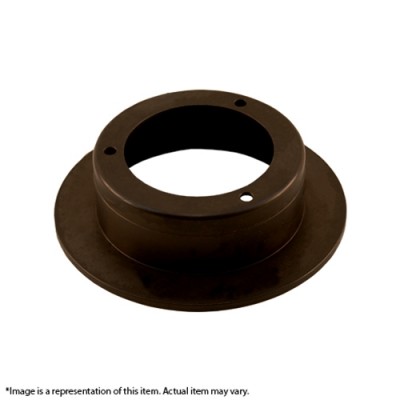





 FREE Shipping
FREE Shipping
